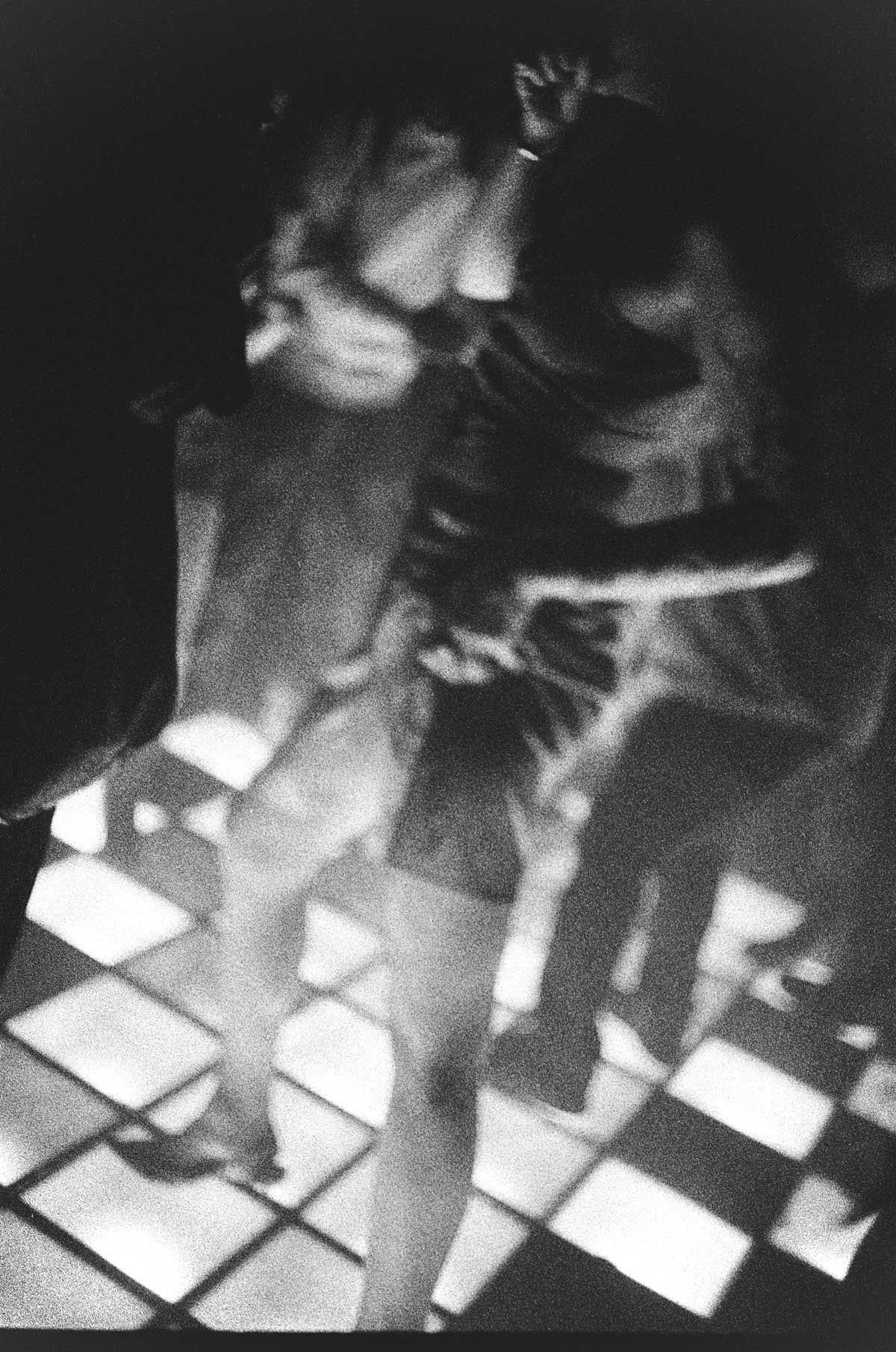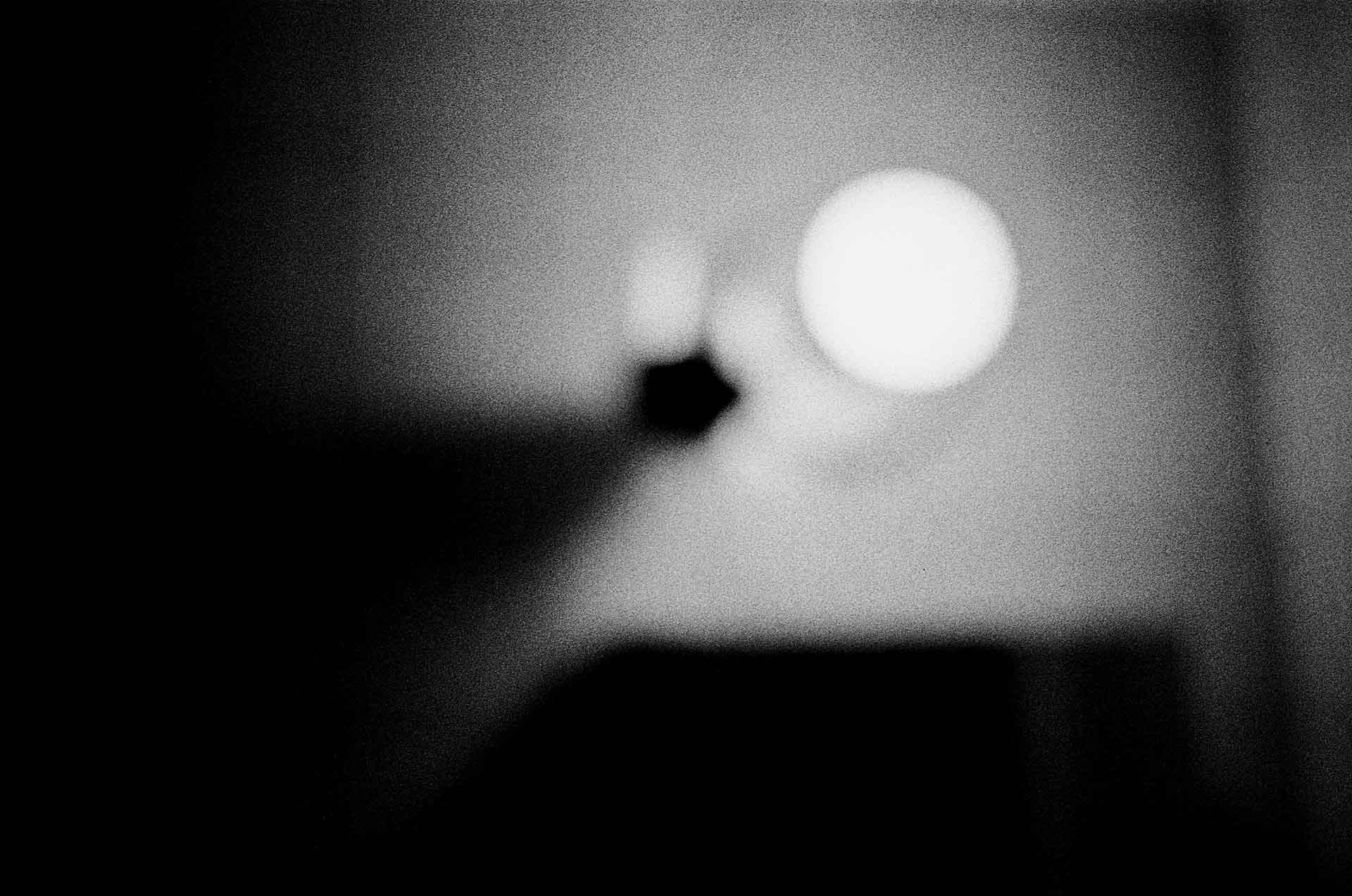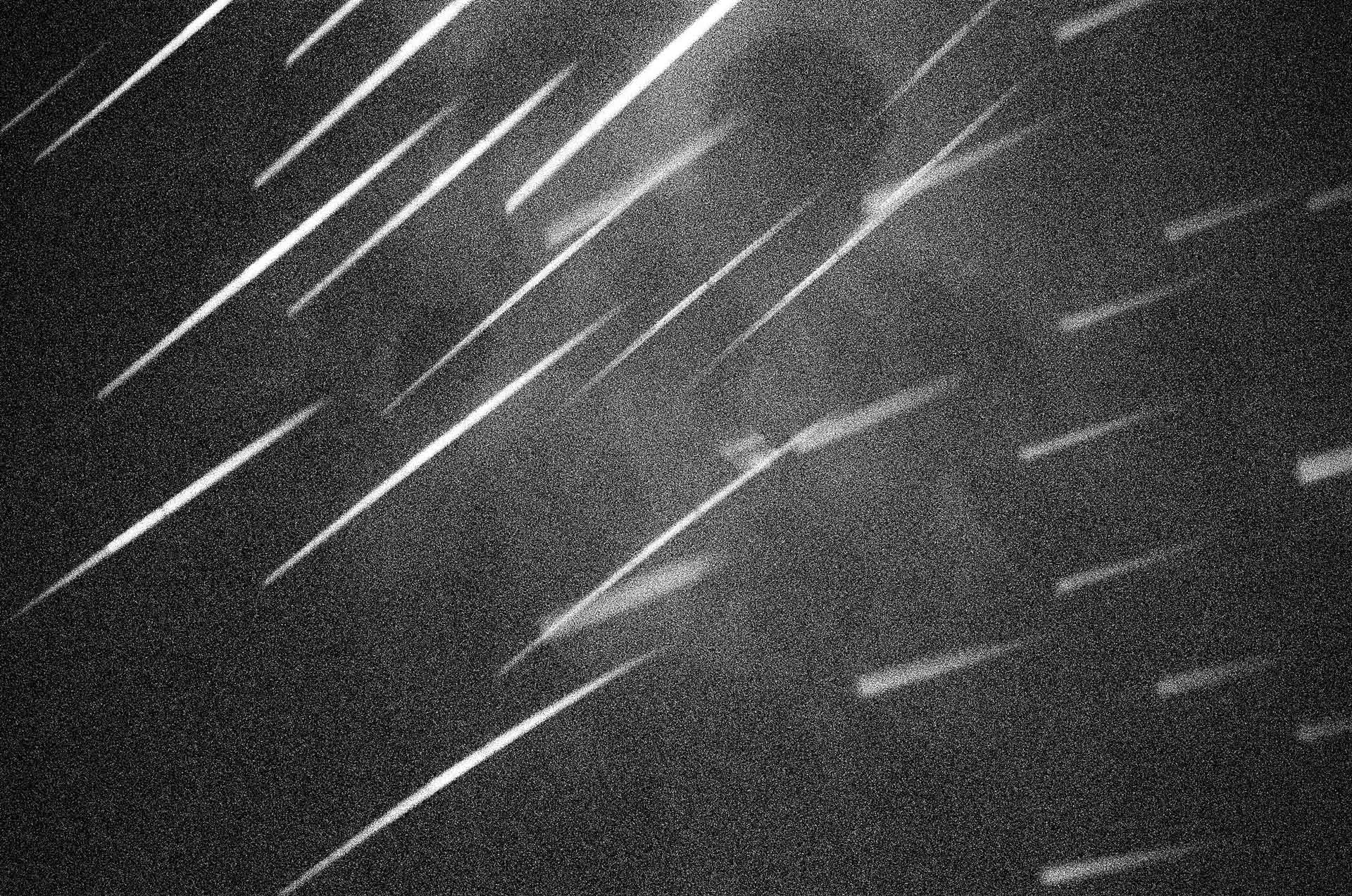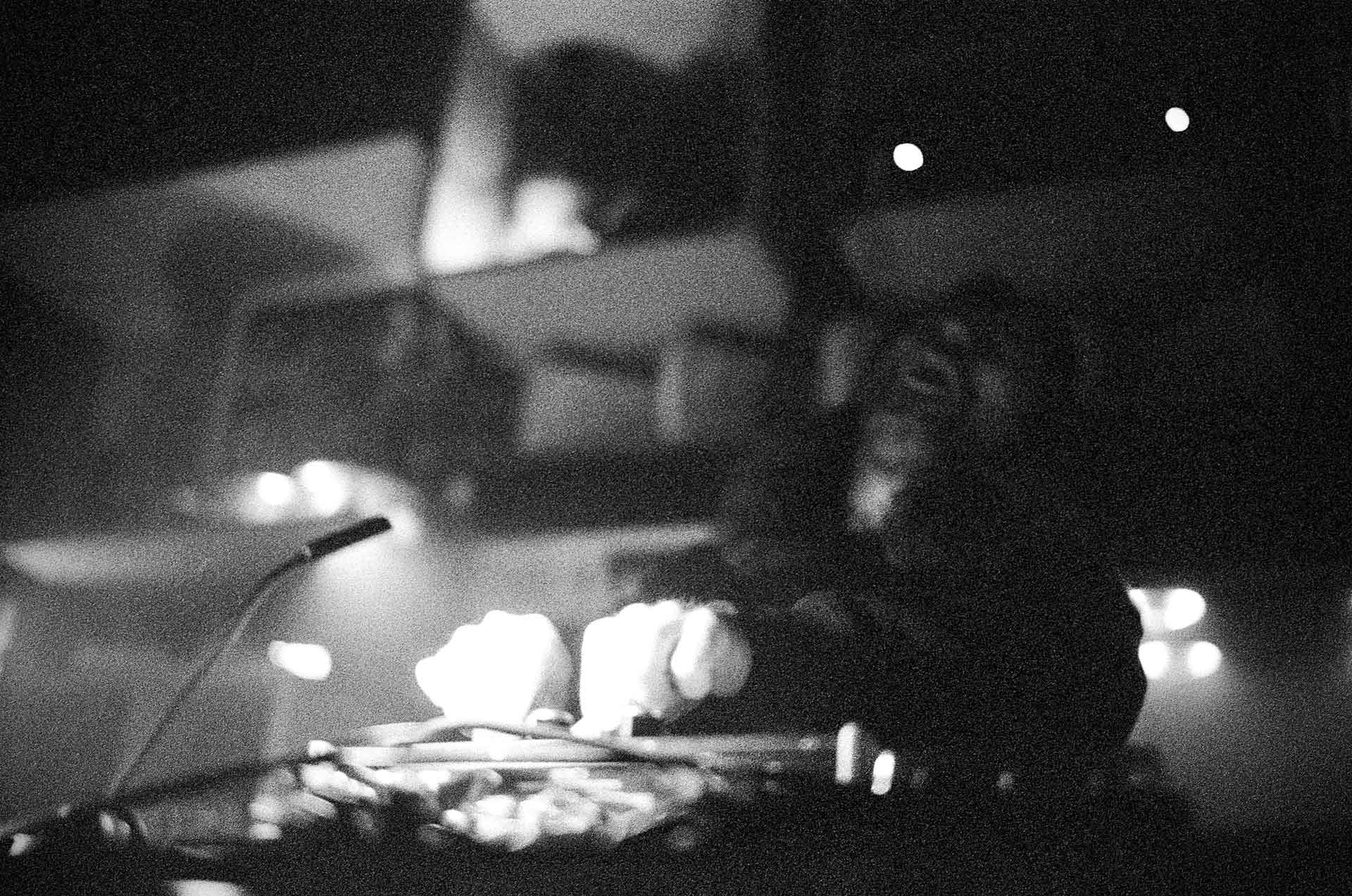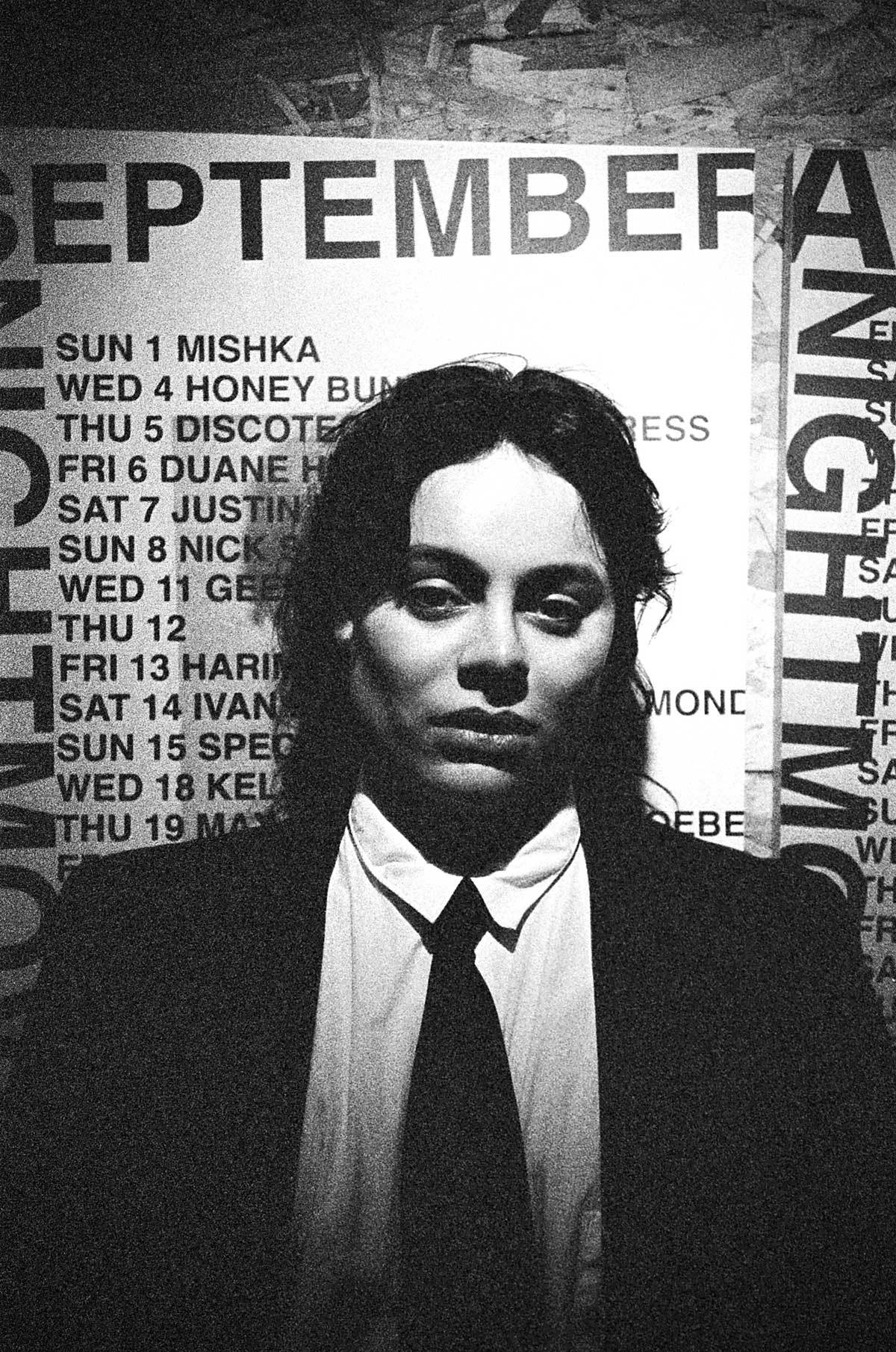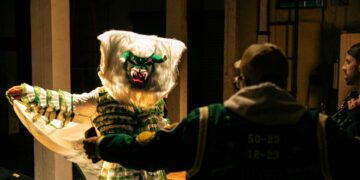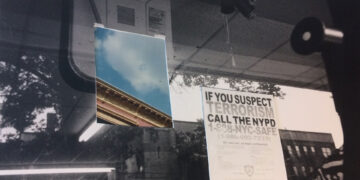The reason I am who I am as an artist and photographer is because of my father. He had been a photographer since the age of 17. I don’t know why he first picked up a camera or who might have taught him, I suspect I’ll never know. But I do know that his influence shaped me, both as a person and as an artist.
Growing up, we had a darkroom in the back of our house. As a kid, I would sneak in, spill chemicals, touch his prints, and knock things over. I was annoying, I was just a child. At that time, though, I had little interest in the arts. Most of my energy went into playing hockey and other team sports. When I graduated high school, I had no real direction. I didn’t apply to colleges, and I didn’t want to continue school—I hated it.
After a few years working and traveling for hockey, a close family friend who studied at the Fashion Institute of Technology (FIT) told me about their photography department. Shortly after, I applied and was accepted. I couldn’t wait to tell my father. On my next visit, he handed me an SLR Canon with a few lenses—my first film camera. At the time, digital equipment was far too expensive, so I dove into film. At FIT I learned how to develop, print, and scan negatives. I loved being in the darkroom. It brought me back to my earliest memories with my dad—some of the few I still hold on to.
When I graduated from FIT, I wasn’t sure I wanted to pursue photography. I was working as a bike messenger and thought I might just continue with that. But right before graduation, I interned at the Bicycle Film Festival. Its founder, a friend, pushed me to make more film work. For my thesis, I created a feature film shot in New York City. It premiered at the festival, selling out two shows, and went on to screen internationally, selling out 29 out of 31 screenings. After that, I shot some commercials and participated in small-scale photo exhibitions. But from 2018 to 2024, my artistic practice slowed down. I still shot photos, but casually—friends, travels, the city as I experienced it on my messenger routes. Much of my work comes from that life: portraits of friends, scenes inside buildings, moments on the street, messenger gatherings.
Throughout the years, I held onto projects I always intended to one day share with the public.
One of them is a series of the Empire State Building photographed from countless vantage points—views only accessible because of my work as a messenger. Another ongoing project follows a homeless man who had lived on the Upper West Side for more than 15 years, surviving off the street, sleeping on Broadway. I haven’t seen him in a while, though maybe I also haven’t been looking.
In early 2025, I felt a creative spark again. I began photographing nightlife, particularly at Night Moves (Venue in NYC). It wasn’t a planned project, but something that grew organically from genuine excitement, the energy of the place, and the right timing. Because flash photography isn’t allowed there, I began experimenting with ultra-grainy film—3200 ISO, the highest you can get. I shot with a QL 17, wide open at f/1.7, at 1/15 or 1/30 of a second. Sometimes I got lucky; sometimes I didn’t. For a while, I used both digital and film, but digital felt too easy. I wanted the challenge of film—the difficulty, the imperfection, the texture. Like a vinyl DJ, I wanted to honor the craft in its purest form.
My goal is to translate the way I feel about the music and the space into my photographs, to capture those forgotten, in-between moments that make Night Moves so special.
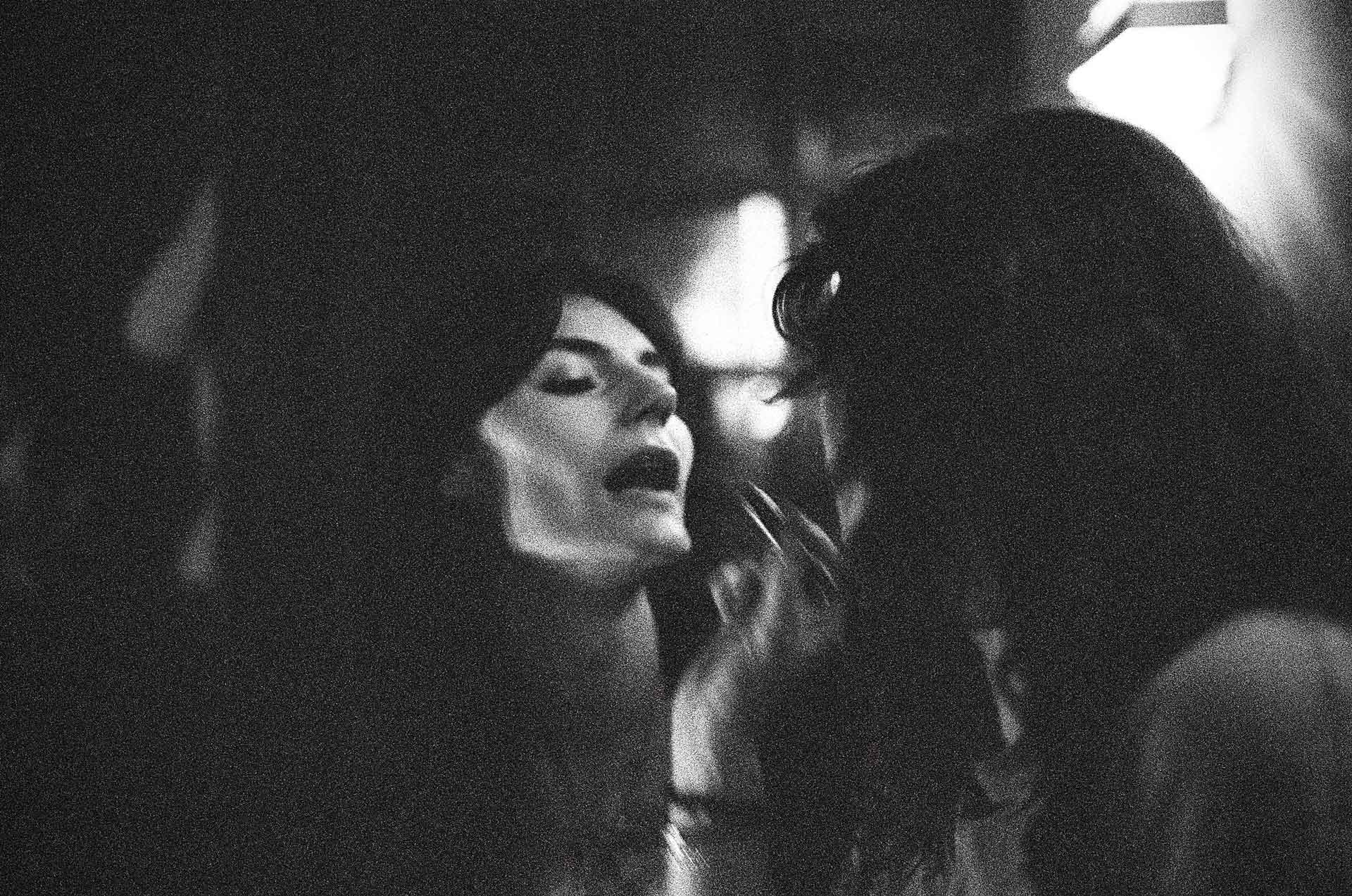
You can find out more about Crihs Thormann at @crihsshirc

